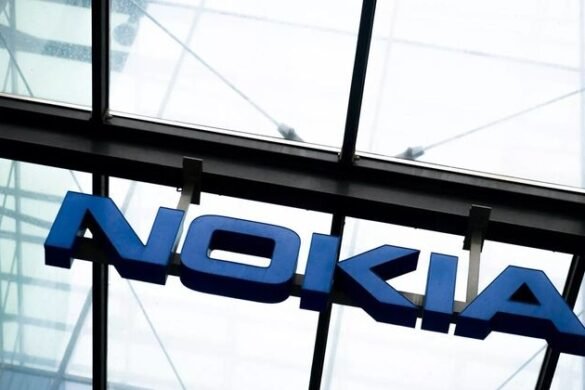A decade ago, Intel’s primary data source for its PC and server microprocessors were the people who used Intel’s products. Today, those data sources are sensors connecting the Internet of Things, and Intel wants them everywhere.
Intel’s CEO Brian Krzanich showcased a number of different initiatives during the company’s CES 2016 keynote on Tuesday, all with the goal of embedding sensors in as many places as possible—including clothing, sporting gear, and drones.
“We’re entering a new era of technology where consumers are choosing experiences over products,” said Krzanich, during the keynote address. “The technology that enables the new experience… that’s the product that will be successful in the future.”
To start, Intel will be embedding its tiny button-sized Curie processor into ESPN’s upcoming Winter X Games, quite literally. These Curie chips will be mounted onto snowboards that the pros will use during competition, specifically the Men’s Snowboard SlopeStyle and Men’s Snowboard Big Air events. According to Krzanich, this will provide the athletes with in-depth performance data, like their in-air rotations, jump height, and distance. To really show this off, Krzanich invited a pair of BMX bike riders to the stage, with sensors built into their bike wheels and handlebars.
A different partnership with Red Bull Media House will bring Curie technology to other athletic gear, so even non-extreme sports pros can get in on the fun. To demonstrate this during the keynote, an athlete somersaulted onto stage, performing a bit of parkour mixed with gymnastics, while real-time sensors tracked his every move.
For live sports fans, Intel has joined forces with Replay Technologies, and Krzanich proclaimed that the company’s freeD technology will “set a new standard for fans everywhere.” It turns video into full 360-degree 3D video—so that you can view a Kevin Durant dunk from literally any perspective.
During last year’s CES, Intel announced a partnership with Luxottica’s Oakley brand with a focus on smart eyewear, and this year, we got to see the fruits of their labor: “Radar Pace,” a pair of smart sunglasses that the user controls with his or her voice. The system will primarily be a fitness and exercise coach, and will launch in late 2016.
We also saw two new fitness-focused garments from fashion tech company Chromat: The “adrenaline dress,” which expands the garment when the wearer feels adrenaline, and a sports bra that vents air when the wearer exercises.
Besides sports, we saw Intel’s sensor push in a number of other innovative ways—including drones equipped with LED lights that were synced in time with a symphony of music, and a first-person shooter using Intel’s Skylake processor.




